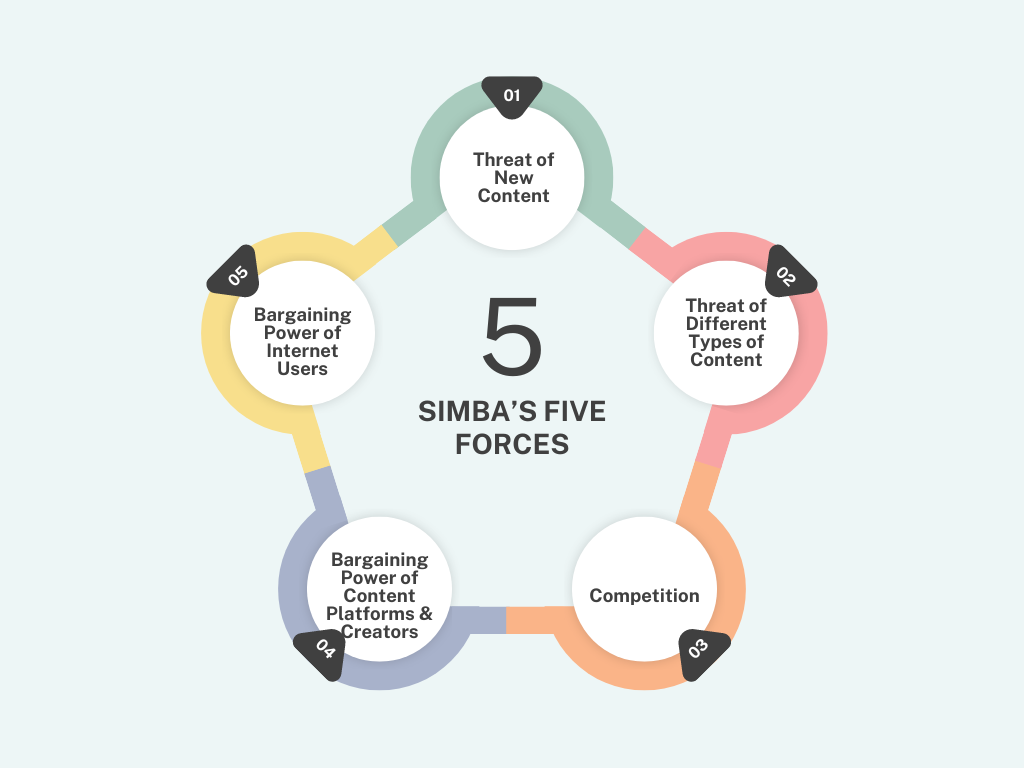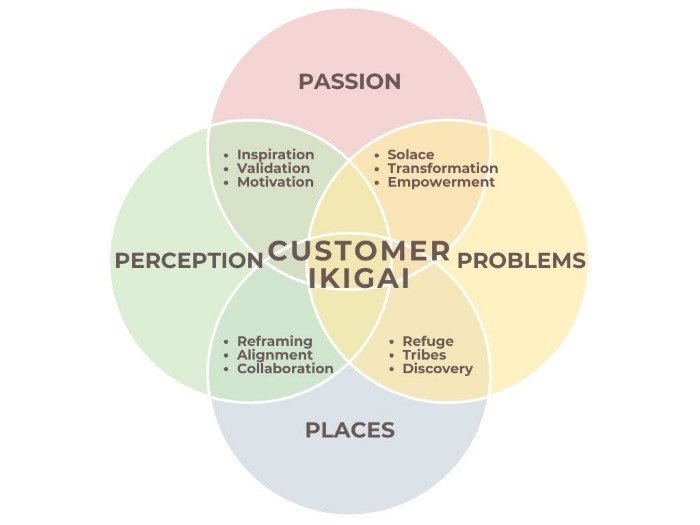“Houston, we have a problem.” It’s a phrase that has become synonymous with recognizing a crisis—a clear admission that something is wrong, and action is...
From Marshall McLuhan to the Modern Web: How ‘The Medium is the Message’ Validates the Principles of Simba’s Five Forces in Competition for Attention on...
Everyone loves a good mystery, don’t they? There’s something inherently magnetic about an unsolved puzzle that draws you in, keeps you awake at night, and...
Imagine a time when news was not just a click away, when letters arrived in your mailbox instead of your inbox, and when your best...
In 2011, Marc Andreessen, the renowned venture capitalist behind Andreessen Horowitz, wrote his influential article, “Why Software Is Eating the World,” emphasizing a fundamental truth—software’s...
Imagine you’ve built the perfect product—one that solves a real problem, with real customers eager to buy. You’ve heard the phrase Product/Market Fit (PMF) a...
What if the key to dominating the internet was being everywhere, all at once? Imagine if every corner of the internet echoed your brand’s message,...
“Half the money I spent on advertising is wasted, the trouble is I don’t know which half.” – John Wanamaker Many years later, even with...
Simba’s Five Forces: Navigating Competition in the Internet Attention Economy What’s your strategy for winning over people on the internet? You can’t just pitch up,...
Are you struggling to stand out in the crowded world of marketing on the Internet? Understanding what truly drives your customers could be the key...










